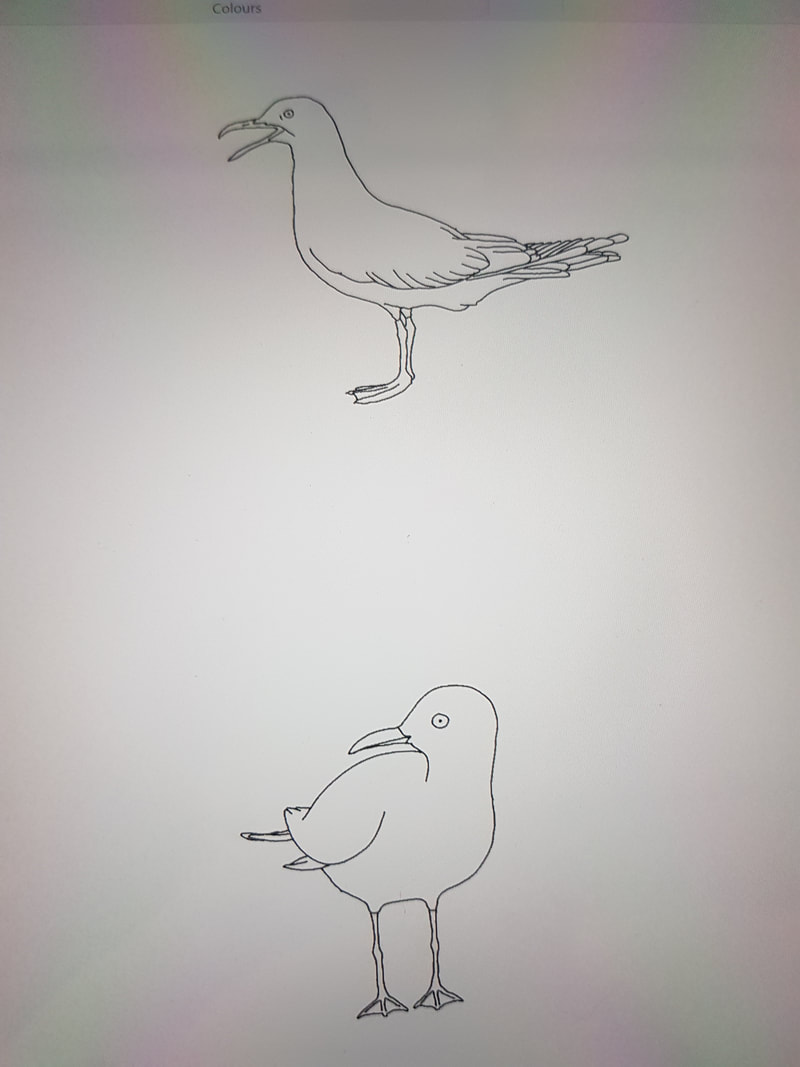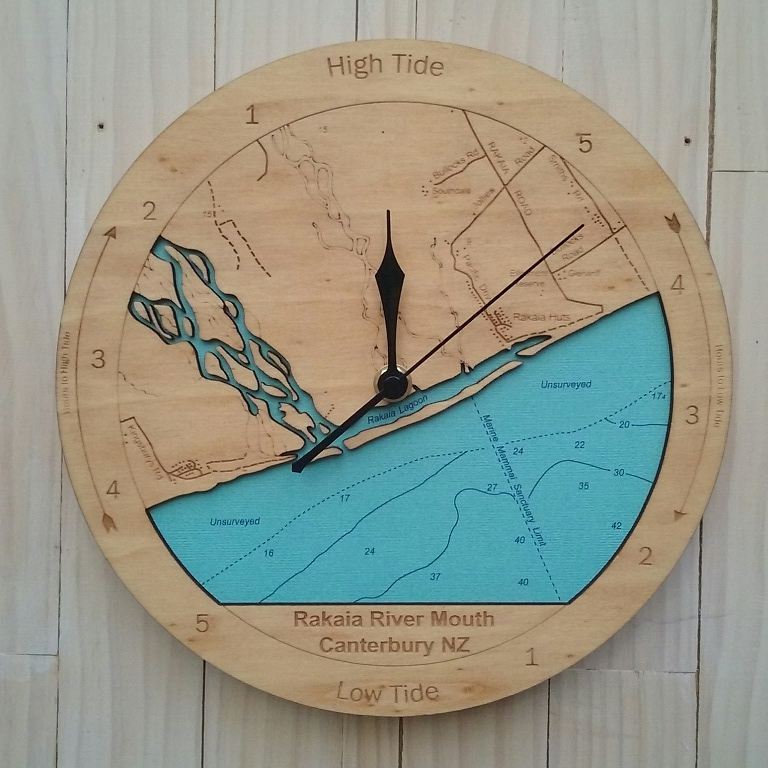Not that long ago, I found out that black-billed gulls were actually endangered. I hadn’t ever really looked at the seagulls at the beach except to protect whatever I was trying to eat*, or avoid being pooed on, as happened on a recent walk along Petone foreshore.
*Never feed gulls any food or scraps – some of our food is harmful to them.

Black-billed gull, my own photo, Image © Cat Drayer, 1 October 2019.
|

Bird poo on my fresh, clean hoodie
|

Black-backed gull, my own photo, Image © Cat Drayer, 1 October 2019.
|
Sources and resources
The black-billed gull has the unfortunate status of being the most threatened gull species in the world. Stronghold populations have rapidly declined by as much as 80%, resulting in its threat status being upgraded from Nationally Endangered to Nationally Critical in 2013.Source:
DOC
Though still relatively abundant, numbers of birds throughout the South Island have rapidly declined. Nevertheless, colonies can still number in the thousands. The black-billed gull is found only in New Zealand, unlike our two other common gull species. They are less likely to be found in towns and cities than the other gulls, and are not commonly observed scavenging for food. Interestingly, though declining overall, the black-billed gull has expanded its breeding range in the North Island in the last few decades, and now breeds as far north as the Kaipara Harbour.
Source:
NZ birds online

Black-billed gull. Juvenile, showing wing markings. Whanganui, December 2012. Image © Ormond Torr by Ormond Torr

Black-billed gull. Flock hovering above a river. Rakaia River, December 2015. Image © Adam Higgins by Adam Higgins Courtesy of AHiggins Photography – www.ahigginsphotography.com.au
|

Black-billed gull. Adult in flight. Lake Rotorua, September 2012. Image © Tony Whitehead by Tony Whitehead www.wildlight.co.nz

Black-billed gull. Mixed breeding colony of black-billed gulls and red-billed gulls. Lake Rotorua, December 2001. Image © Tamas Zeke by Tamas Zeke
|
Planning sketches
As a Kiwi, on our islands where almost nowhere is too far from the ocean to get visits from seagulls, I am pretty familiar with them, in a general sense, so I know what types of poses I want before I even start drawing – flying, standing, floating, and doing a SCREM.
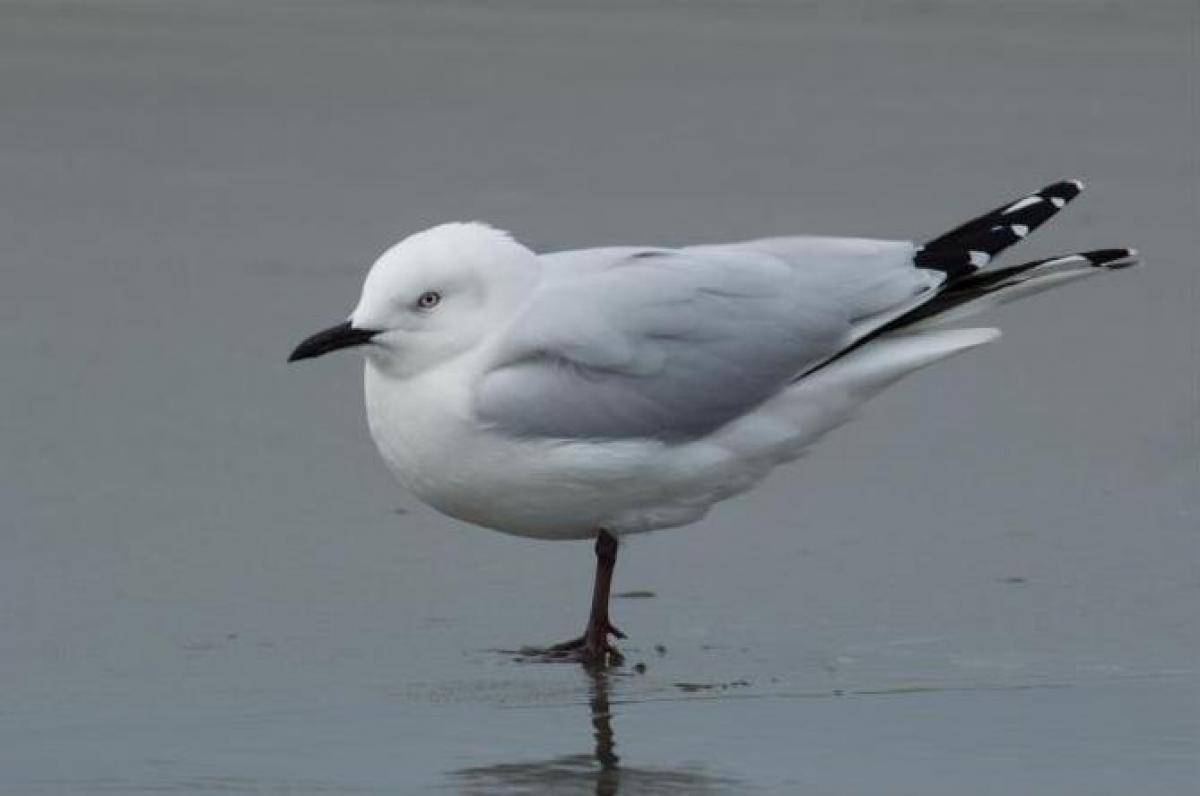
Black-billed gull. Adult. Peka Peka Beach, May 2014. Image © Roger Smith by Roger Smith
|
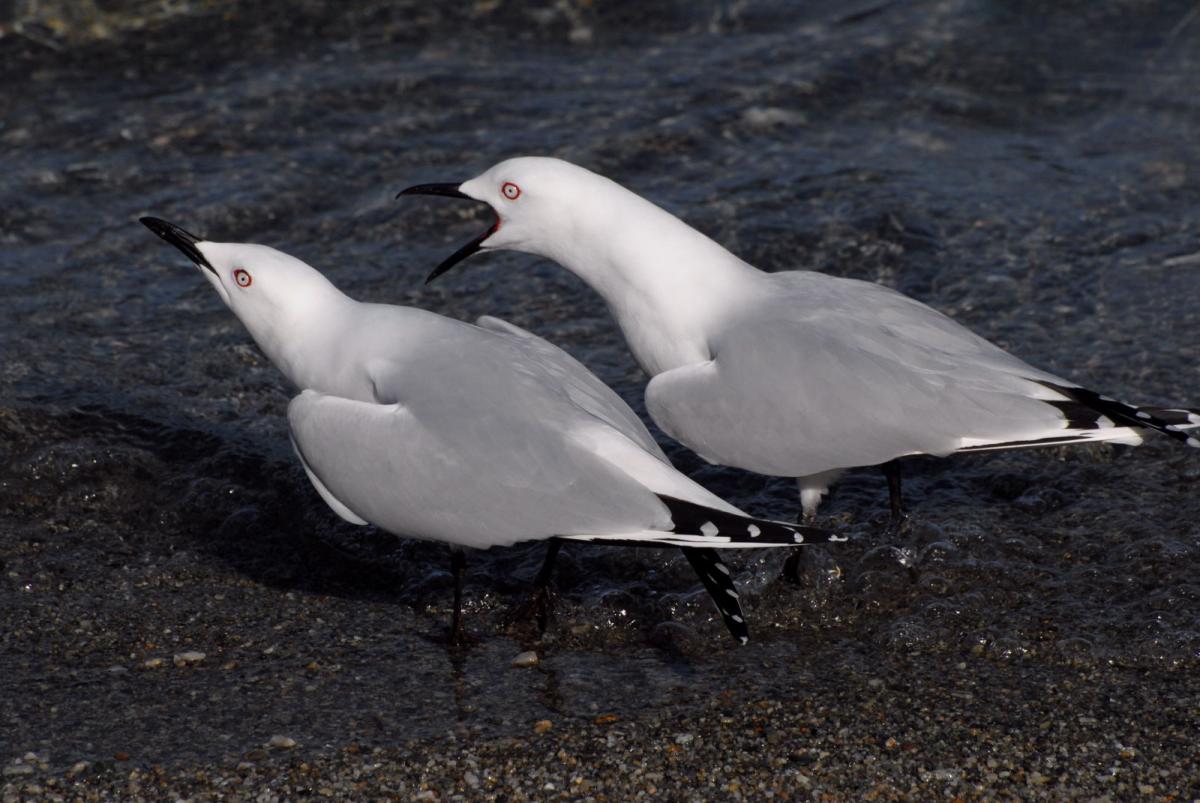
Black-billed gull. Pair displaying. Queenstown, October 2008. Image © Peter Reese by Peter Reese
|
Quick scribbles are really useful to establish what might or might not work.
Feet are hard
So these guys appear to have the same kind of webbed feet as ducks. Getting them not to look silly is quite difficult!

Sketch layers one and two
|
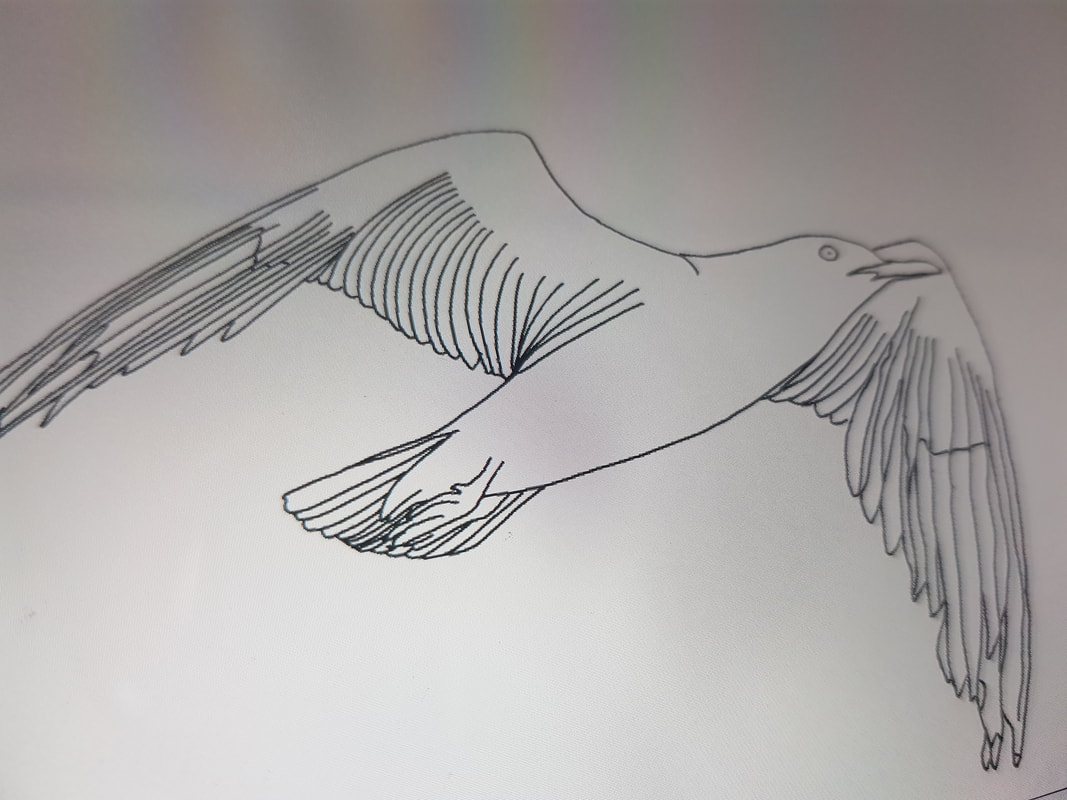
Deciding which sections of which feathers will be which colour happens at the linework stage
|
And then, as previously, I use existing designs to ensure that the colours used are consistent across the board, and the reference photos to identify colours that will be specific to this design.
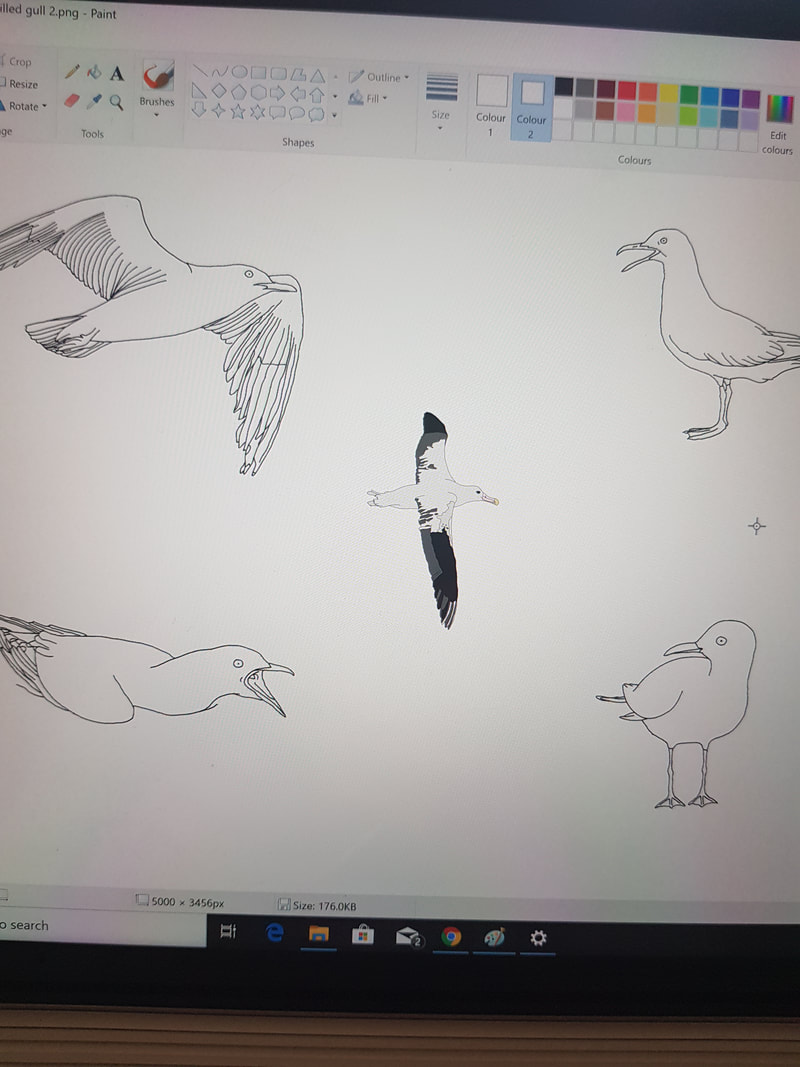
Using the toroa to source some of the lighter shades
|

Using the black robin to source the darker shades
|
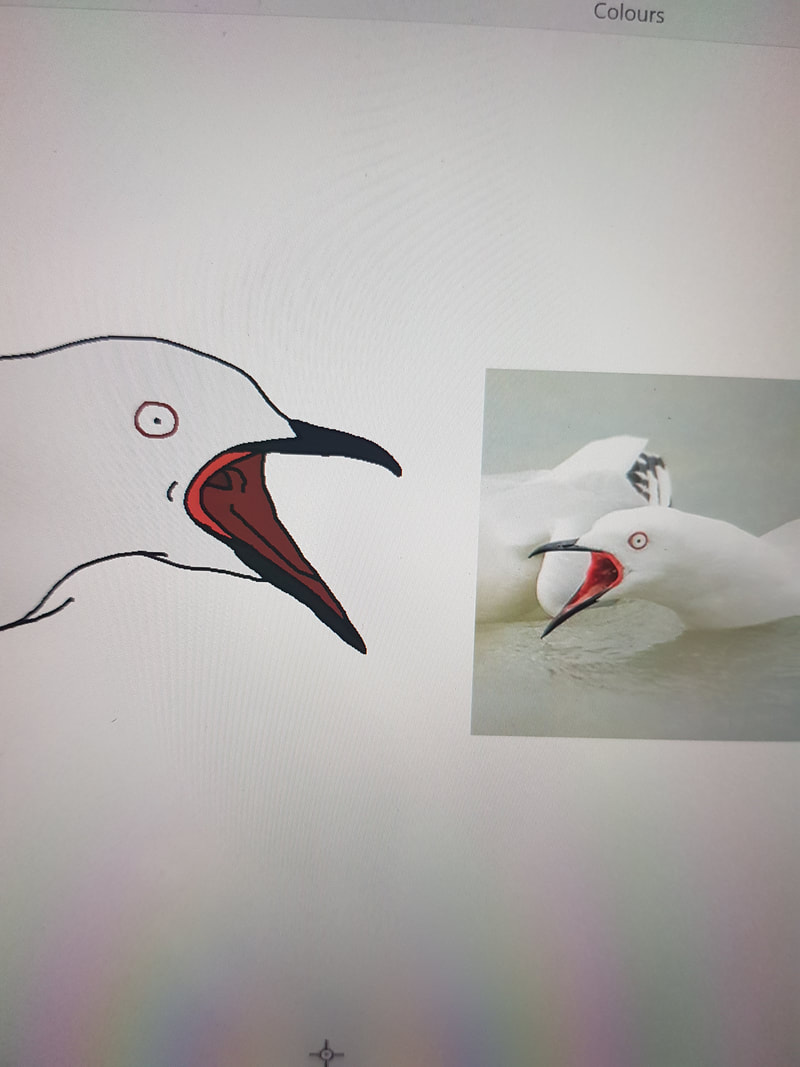
Got to get the right colours for the AAAAAAAAAAAAAA
|
And there we go – the first week of
a bird a day is complete!
How to help the black-billed gull
Breeding sites [for black-billed gulls] are mainly the large braided riverbeds of the South Island. There are scattered colonies on the North Island coast, along with braided rivers in the Hawkes Bay and Wairarapa, as well as Lake Rotorua and Lake Taupo.Source:
DOCPlease take special care not to drive or walk in areas where birds are nesting – they are easy to spot if you are paying attention.
Braided rivers – bonus section
Braided rivers are a beautiful part of the New Zealand landscape.
In my family, we are particularly tied to the Rakaia River mouth, so braided rivers have a special place in my heart. That’s why I commissioned this beautiful tide clock from Wooden Kiwi for my mum in 2017.
These are personal family photos of the beautiful Rakaia River mouth, which generally forms a “lagoon” against the shingle bank. We often saw birds nesting on this bank, and carefully avoided the area.

Rakaia River mouth, image © Cat Drayer, April 2014.

Rakaia River mouth, image © Cat Drayer, April 2014.

Rakaia River lagoon, image © Cat Drayer, April 2014.

Rakaia River lagoon, image © John Kelly, September 2017.



















